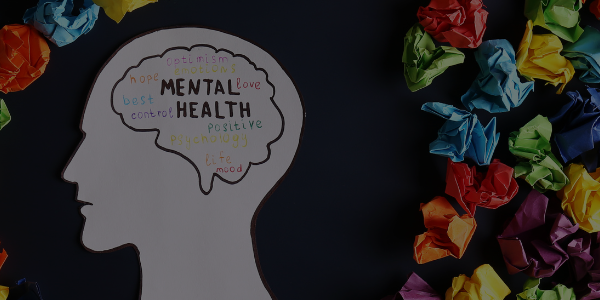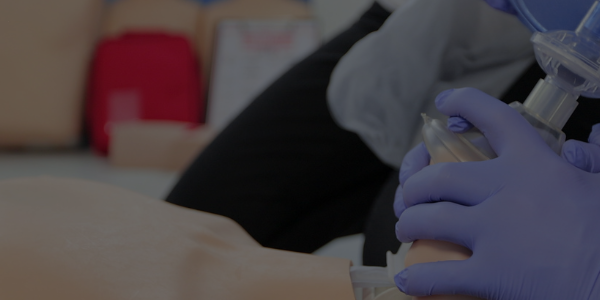In today’s educational landscape, fostering a safe and inclusive learning environment goes beyond traditional teaching methods. Mental health concerns among students are a pressing issue in Australian schools. At AB First Aid Training, we believe that addressing student mental health is crucial for their overall well-being and academic success. In this blog, we’ll explore strategies and tips for educators and school staff to create a supportive atmosphere that promotes mental health and resilience.
Raising Awareness and Reducing Stigma:
- Initiate open and honest conversations about mental health in the classroom1.
- Educate students about the importance of seeking help when needed and the available resources.
- Challenge stereotypes and misconceptions about mental health conditions to reduce stigma.
Implementing Mental Health Programs
- Advocate for the inclusion of mental health education as part of the curriculum2.
- Incorporate mindfulness, stress management, and emotional intelligence activities into daily lessons.
- Collaborate with mental health professionals to provide workshops and seminars for students.
Identifying and Supporting At-Risk Students
- Train teachers and staff to recognize signs of distress or changes in behavior3.
- Establish a confidential reporting system for students to express their concerns or seek help.
- Ensure that students have access to school counselors or mental health professionals.
Encouraging Self-Care and Resilience
- Promote self-care strategies among students, such as regular physical activity, healthy eating, and sufficient sleep4.
- Encourage mindfulness practices, relaxation techniques, and positive coping strategies.
- Create a sense of belonging and connection within the school community.
A safe and inclusive learning environment is one where students’ mental health is prioritized. By raising awareness, implementing mental health programs, identifying and supporting at-risk students, and fostering resilience through self-care, educators and school staff can contribute to the overall well-being and success of their students
-
How does your school currently address student mental health, and what strategies have been most effective?
-
What additional resources or initiatives do you think would enhance mental health support in your educational institution?
Please note that regular First Aid and CPR Training is the best way to make sure that you’re prepare in the case of an emergency. Book a course with us
- Headspace – Talking to Young People About Mental Health: Link ↩
- Beyond Blue – Be You Program: Link ↩
- Youth Mental Health First Aid Training – Mental Health First Aid Australia: Link ↩
- Mental Health and Wellbeing in Schools – Department of Education, Skills and Employment, Australian Government: Link ↩
Find this article useful? Enjoy reading more of our blogs here!





